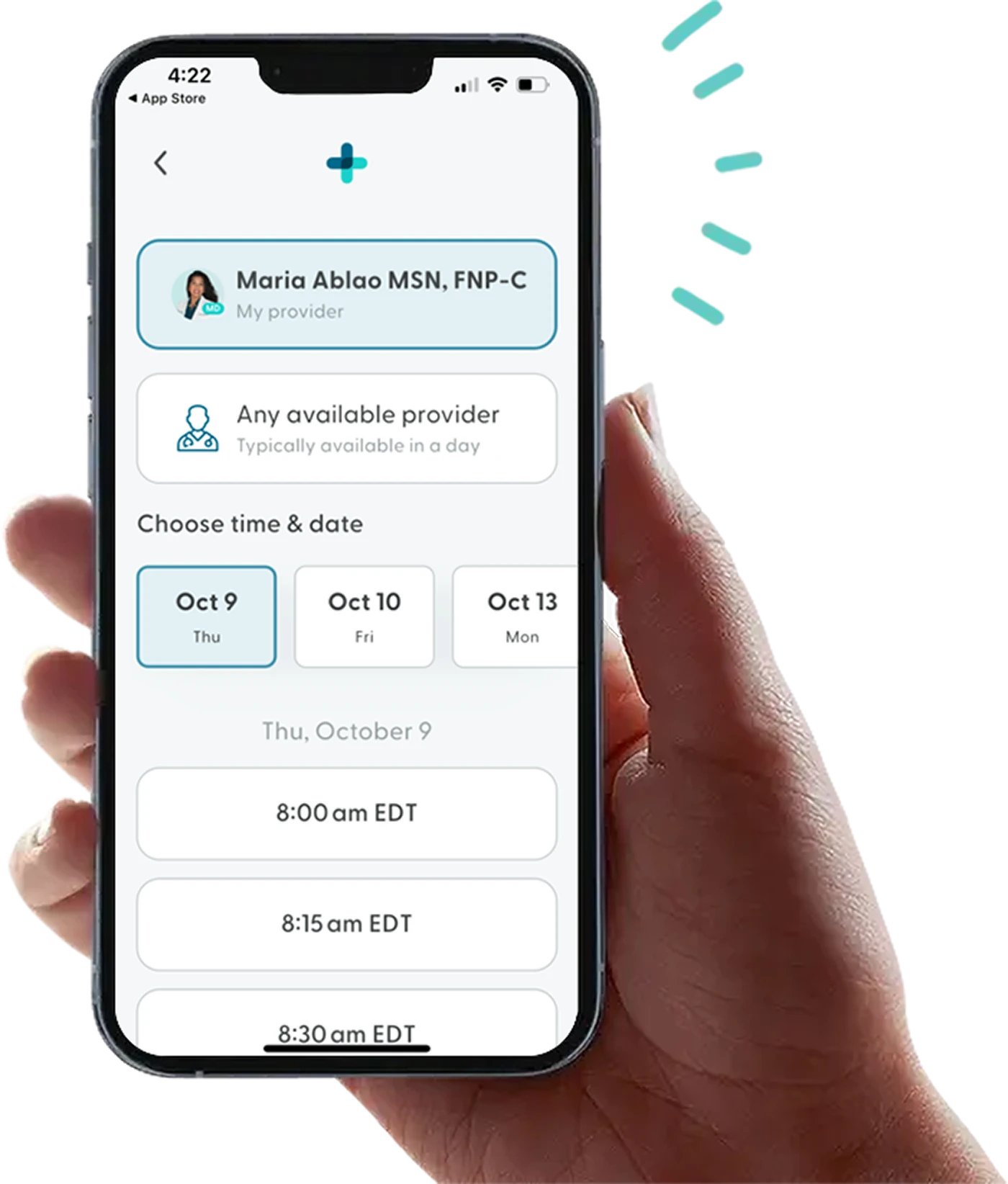Toilet Paper vs. Bidet: What’s Best for Your Health and Hygiene?
When it comes to personal hygiene, how we clean ourselves after using the bathroom can have a bigger impact on our health, comfort, and even the environment than many people realize. For decades, toilet paper has been the standard in much of the world.
However, bidets – long popular in Europe, Asia, and parts of the Middle East – are becoming increasingly common in homes across North America. Both options have their benefits and drawbacks, and the choice often depends on personal needs, cultural background, and lifestyle priorities.
Why is Toilet Paper the Typical Choice for Bathroom Hygiene?
Toilet paper is a soft tissue product designed for personal hygiene after urination or bowel movements. It comes in rolls of perforated sheets made primarily from paper pulp. Most varieties are made to be flushable, dissolving in water to prevent plumbing issues.
Toilet paper is convenient, disposable, and easily accessible. It’s inexpensive upfront, requires no installation, and is familiar to most people. For those with limited bathroom space or mobility issues, its simplicity can be a practical advantage.
Despite its convenience, toilet paper isn’t always the most hygienic or gentle option. It may leave behind residue or bacteria, especially after bowel movements. Repeated wiping can cause irritation, especially for individuals with sensitive skin, hemorrhoids, or conditions like eczema. Scented or colored toilet paper can also contain dyes and chemicals that may disrupt the skin’s natural barrier or cause allergic reactions.
What is a Bidet?
A bidet is a bathroom fixture or attachment that uses a stream of water to clean the genital and anal areas after using the toilet. There are several types, including standalone porcelain bidets (common in Europe), bidet toilet seats, and affordable attachments that fit standard toilets. Some models even include features like adjustable water pressure, temperature control, and air drying.
How it Works
After using the toilet, the bidet sprays a gentle stream of water to cleanse the area. Some people use a small amount of toilet paper or a towel to pat dry afterward. The water pressure can typically be adjusted for comfort, and the experience is often described as cleaner and more refreshing than wiping with dry paper alone.
Benefits
Bidets offer a more thorough cleaning, reducing the amount of bacteria and residue left on the skin. For individuals with sensitive skin or certain medical conditions, they’re often gentler and more comfortable than wiping.
Because bidets significantly reduce toilet paper use, they’re also more sustainable and can lower household waste over time. Many users find that regular bidet use improves overall hygiene and reduces irritation or inflammation.
Drawbacks
While bidets offer many hygiene and comfort benefits, they’re not without their downsides. The most noticeable drawback is the initial cost and installation. Even though simple bidet attachments are relatively affordable, electric or smart bidet seats with features like temperature control, air drying, and self-cleaning can be expensive. Some models require a nearby electrical outlet or plumbing adjustments, which might not be ideal for renters or those with older bathrooms.
There’s also the matter of maintenance and sanitation. While most modern bidets are designed with self-cleaning nozzles, they still require regular cleaning to prevent the buildup of bacteria or hard water residue. Neglecting this step can reduce hygiene benefits over time.
Some users find bidets less convenient than toilet paper when they’re in a rush or outside the home. Public bathrooms with bidets are still uncommon in North America, making it difficult to maintain consistency if you prefer using one daily.
Cleaning Effectiveness and Health Considerations
When comparing the two, bidets generally provide superior cleanliness. Washing with water removes bacteria and debris more effectively than wiping, minimizing the risk of irritation or infection. This can be especially beneficial for people with hemorrhoids, postpartum women, or anyone recovering from surgery in the pelvic area.
However, proper use matters. Water that’s too hot, cold, or pressurized can cause discomfort or even micro-injuries to delicate skin. Similarly, wiping too harshly with toilet paper can lead to irritation, especially in people with sensitive or dry skin. Choosing the right method often depends on individual tolerance, skin sensitivity, and hygiene needs.
Environmental Impact
Toilet paper production has a substantial environmental footprint. It requires large amounts of water, energy, and trees – especially when made from virgin pulp. Americans are the number one consumers of toilet paper, with the average American using over 100 rolls per year, contributing to significant paper waste.
In contrast, bidets use a small amount of water per use – typically less than what’s used in manufacturing toilet paper for one flush. Over time, switching to a bidet can help conserve resources and reduce deforestation, making it the more eco-friendly option overall.
Where Can I Learn More About Hygiene?
If you want to learn more about maintaining healthy hygiene habits and the best practices for your personal care routine, LifeMD+ offers trusted resources and guidance to help you make informed choices.
Make an appointment to get started.
More articles like this
Feel better with LifeMD.
Your doctor is online and ready to see you.
Join LifeMD for seamless, personalized care — combining expert medical guidance, convenient prescriptions, and 24/7 virtual access to urgent and primary care.











